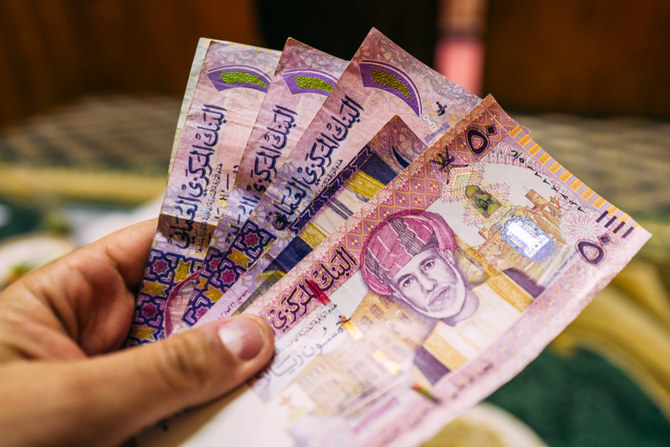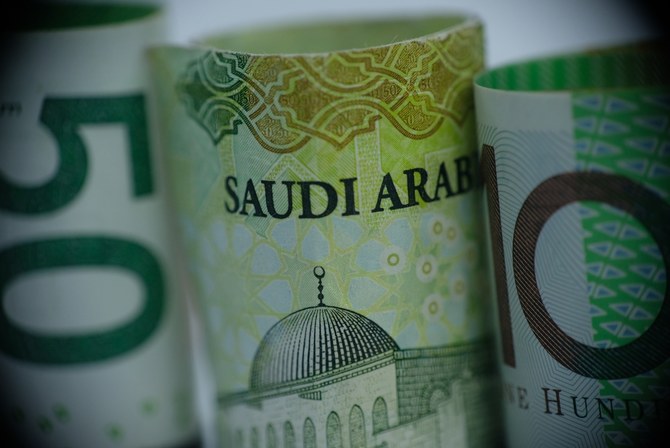
The inflation of food prices, where rice is a major component, eased slightly to 9.4 percent year-on-year from 9.7 percent
‘Concerted government efforts … to tame the prices of goods in the previous months have finally resulted in expected outcomes’
DUBAI: James Mendoza, a Filipino government health worker, is looking forward to a happier celebration during the upcoming holiday season as Philippine consumer prices – which have been rising steadily since the start of the year – finally may have stabilized.
“Prices of basic commodities especially, rice have gone down, unlike in previous months when price increases were unabated,” Mendoza told Arab News. “I am looking forward to a continued reduction in prices (of basic commodities), particularly that of fuel since I use a motorbike.”
The Philippine government announced on Tuesday that inflation was heading towards a downward path with year-on-year headline inflation in October steady at 6.7 percent, similar to that of the previous month. The inflation of food prices, where rice is a major component, eased slightly to 9.4 percent year-on-year from 9.7 percent.
Slower inflation rate movements were also recorded in food items such as corn and meat, fruits and vegetables. The consumer price index for housing, water, electricity, gas and other fuels was up 4.8 percent.
The Philippines has one of the highest inflation rates among Southeast Asian countries, with only Myanmar reporting a higher 8.6 percent as of September, compared with Indonesia at 3.16 percent and Thailand with 1.23 percent both in October.
“Concerted government efforts … to tame the prices of goods in the previous months have finally resulted in expected outcomes,” a statement from the government economic team said. “And such promising results further motivate the economic team to work closely with all concerned government agencies to more aggressively implement mitigating measures to ease inflation over the medium- and long-term.”
The rosier inflation outlook presented by the government, according to Mendoza, will go some way to reassure Filipinos they will not have to dig deeper into their pockets considering “Christmas season in the Philippines is synonymous with spending – from buying gifts to eating out to celebrate the festive holiday.”
Analysts are similarly optimistic that inflation rates would ease in the final months of the year despite some price pressures such as the recent fare hike and the increase in minimum wages for workers in the Philippines’ national capital region.
“The proposed tariffication of rice imports and planned suspension of higher excise taxes on fuel and petroleum scheduled in January 2019 could help further ease inflation and inflation expectations in the coming months,” Michael L. Ricafort, head of the economics and industry research division at Rizal Commercial Banking Corporation, told Arab News. “Increased imports of rice, fish and other food items plus the non-monetary measures by the government to augment supply in an effort to ease food prices – including the imposition of suggested retail prices on rice that further eased rice prices – helped tame October inflation.”
“The appreciation of the local currency last month softened the peso value of imported goods, thereby helping control the increase in consumer prices,” Land Bank of the Philippines market economist Guian Angelo Dumalagan meanwhile said. “Moving forward, inflation is expected to gradually decline as food price pressures moderate further and as the peso stabilizes against the dollar.”
“The stabilization in annual inflation and the month-on-month deceleration in consumer prices could convince the Bangko Sentral ng Pilipinas (BSP) to refrain from hiking its policy rates again in November 2018,” Dumalagan added.
Ruben Carlo O. Asuncion, chief economist at Union Bank of the Philippines’ corporate research unit, also agreed that the Philippine central bank may no longer “pull the trigger for another round of rate hikes, whether it’s 50 or 25 basis points, within this year.”
“This easing of prices levels also supports the return to inflation target range of between 2 percent and 4 percent by 2019,” Asuncion said.
Nomura economists, however, were more cautious of the inflation horizon: “Claiming the peak of inflation is in sight remains uncertain, but as we have argued before, BSP remains firmly focused on anchoring inflation expectations given the risk that headline inflation may persist above target next year (as we expect), rather pinning down the exact timing of the inflation peak to determine the course of its policy action.”
“Overall, our full-year 2018 CPI inflation forecast of 5.4 percent remains on track, which implies that for the rest of the year we expect headline inflation to average a still-elevated 6.7-6.8 percent year-on-year.”












